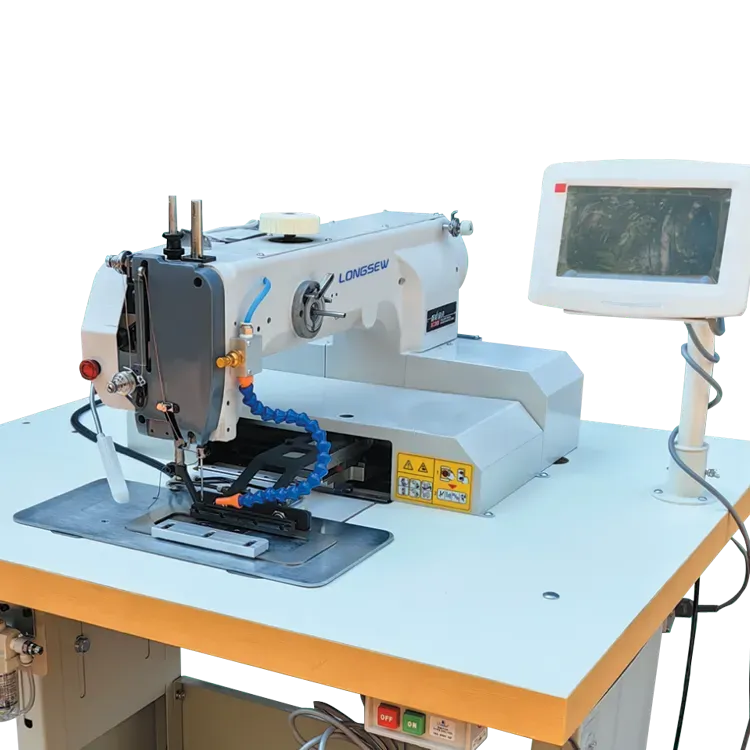Exploring the Cost and Features of Chain Stitch Machines for Your Sewing Needs
The Price of Chain Stitch Machines Understanding the Factors and Market Trends
Chain stitch machines are essential tools in the textile and garment industries, known for their efficiency and durability. These machines are widely used for various applications, including seam construction, hemming, and embellishments. As the demand for high-quality stitching increases, so does the interest in the pricing of chain stitch machines. Understanding the factors influencing these prices can help businesses make informed decisions when purchasing or upgrading their equipment.
Key Factors Affecting Price
1. Type and Brand The price of chain stitch machines can vary significantly based on the manufacturer and the type of machine. Renowned brands often command higher prices due to their reputation for quality, reliability, and after-sales support. For instance, machines from manufacturers like Brother, Juki, and Bernina might be priced at a premium compared to lesser-known brands. Additionally, specialized machines designed for specific applications, such as embroidery or quilting, may also be more expensive.
2. Machine Features The complexity and features of the machine play a crucial role in determining its price. Basic models with limited functionalities can be found at lower prices, while advanced machines equipped with automatic threading, programmable patterns, and built-in sensors will come at a higher cost. The level of automation is also a significant factor; fully automated machines tend to have a higher initial investment but can offer long-term savings through increased productivity.
3. Production Capacity The intended use is another major determinant of price. Machines designed for heavy industrial use, capable of handling large volumes of fabric or operating at high speeds, will generally be more expensive than those intended for lighter, home use. Businesses that require high production rates may find it worthwhile to invest in high-capacity machines, despite the upfront costs.
4. Market Demand Like any other commodity, the price of chain stitch machines is also influenced by market demand. During peak seasons, such as before major fashion events or holidays, the demand for sewing machinery can spike, driving prices up. Conversely, during slower periods, manufacturers might offer discounts or promotions, making it a good time for businesses to purchase new equipment.
chain stitch machine price

5. Geographical Factors Prices can also vary based on geographical location. Import taxes, shipping costs, and local demand can all affect the final price of chain stitch machines in different markets. For instance, a machine may be cheaper in a country where it is produced compared to its price in a country where it must be imported.
Current Market Trends
In recent years, there has been a noticeable trend towards machinery that integrates advanced technology. Smart sewing machines equipped with features like artificial intelligence and automation are becoming popular, albeit at a higher price point. These machines not only enhance productivity but also provide new capabilities that cater to the evolving needs of the textile industry.
As sustainability continues to gain importance within the fashion industry, manufacturers are also focusing on producing machines that are energy-efficient and environmentally friendly. This shift can sometimes lead to higher prices initially as manufacturers invest in greener technology but can result in significant cost savings and environmental benefits in the long run.
Conclusion
In summary, the price of chain stitch machines is influenced by a myriad of factors including brand reputation, machine features, production capacity, market demand, and geographical considerations. For businesses in the textile industry, understanding these dynamics is crucial when making purchasing decisions. While upfront costs are important, businesses should also consider long-term value, efficiency gains, and technological advancements that may justify higher initial investments. As the market continues to evolve, staying informed about trends and pricing can empower organizations to optimize their operations and maintain competitive advantages.
-
Leather Sewing Machine: The Industrial Standard for Tough MaterialsNewsJul.18,2025
-
Sail Making Machine: Heavy-Duty Stitching for Industrial and Marine NeedsNewsJul.18,2025
-
Sling Sewing Machine: The Backbone of Heavy-Duty FabricationNewsJul.18,2025
-
Leather Sewing Machine: Precision for Heavy-Duty StitchingNewsJul.18,2025
-
Big Bag Sewing Machine: Powering the Future of Bulk PackagingNewsJul.18,2025
-
FIBC Sewing Machine: Essential Equipment for Bulk Bag ProductionNewsJul.18,2025
-
Heavy Duty Leather Sewing Machine: A Must-Have for Professional LeatherworkNewsMay.28,2025





























